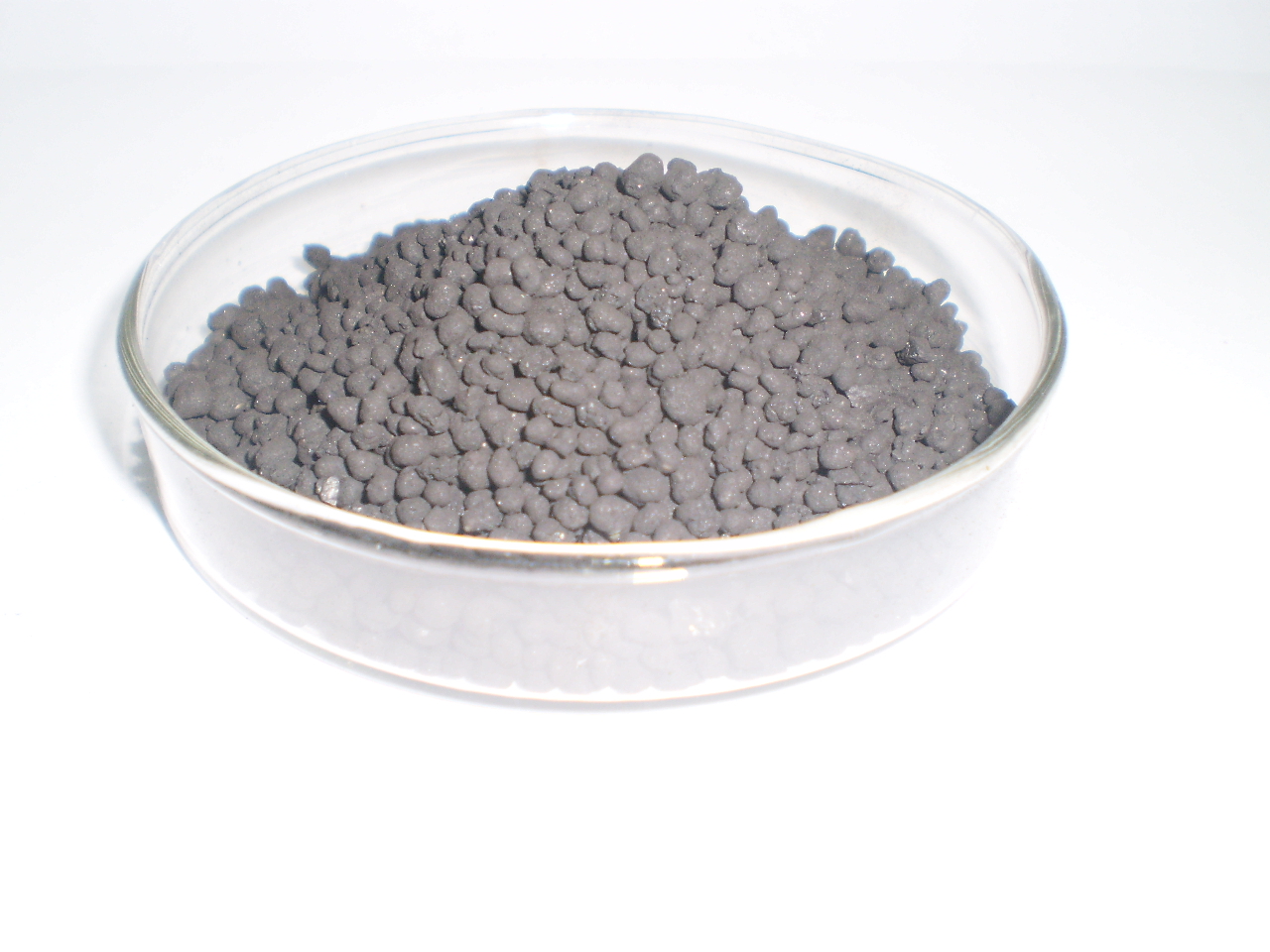The amount of humus can adjust the depth of the soil color, the black soil, the humus content is higher; when the humus content is small, the soil is gray or grayish white, such as Xinjiang gray desert soil.
Minerals give the soil a color other than black. For example, red soil is due to high levels of iron oxide in the soil.
The iron oxide reacts into hydrated iron oxide and the soil becomes yellow. When the ventilation is poor and the oxygen is deficient, the iron oxide turns into ferrous oxide, and the soil appears grayish blue. White is related to the salt in the soil. Purple soil is formed by the development of purple sandstone and shale weathering, and is distributed more in Sichuan.
Humic acid is the child of the earth. It is an important factor in the transformation of the earth’s matter and energy, accumulating physical, chemical and biological energy.
Humic acid is a macromolecular organic polymer with a variety of chemical structures and a variety of reactive functional groups with physical, chemical and biological activities.
Humic acid occupies an important position in the earth’s bio-carbon cycle. Humic acid carbon accounts for 67.6% of the biosphere organic carbon and accounts for more than 60% of the soil organic matter.
Humic acid is the foundation and material guarantee for healthy soils.
Whether it is coal source humic acid (mud carbon, lignite, weathered coal), plant source (various plant tissues), animal sources (livestock and poultry manure, animal by-products, etc.), the roots are derived from the soil.
The low carbonization properties of humic acid are not only conducive to energy conservation, low carbon, and green, but also more practical for global carbon cycle and climate change.
Humic acid is derived from the soil and is fed back to the soil, pure and more efficient. Above, the physical, chemical, biological and ecological effects of humic acid on the soil have become a major factor in promoting humic acid fertilizers throughout the country.

